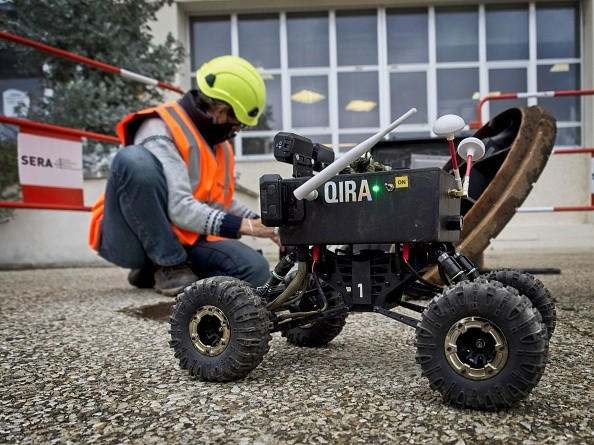Since September 2020, University of California, Davis, researchers have been monitoring wastewater on the UC Davis campus and in the city of Davis for COVID-19 through the Healthy Davis Together program.
An article published on Feb. 8 in Proceedings of the National Academy of Sciences reviews their experiences and the advantages and limitations of wastewater testing as a public health tool in the COVID-19 pandemic.
Widespread of COVID-19 virus on wastewater
Associate Professor Heather Bischel and Ph.D. student Hannah Safford, School of Civil and Environmental Engineering, Karen Shapiro, Associate Professor of Veterinary Medicine currently administer city/campus wastewater monitoring programs that include weekly, three-week, or daily sessions. A collection of more than 50 sites across the UC Davis campus and Davis City sewers.
Their results have supported the return of students to campus and have helped officials understand the spread of COVID-19 in society, according to ScienceDaily.
Wastewater monitoring can provide an early warning of infection in the community, as infected people begin to shed the virus a few days before symptoms appear. This approach is more cost-effective than large individual clinical trials when it comes to collecting data on local disease levels.

Wastewater observation also has limitations. It's less effective as an early-warning system once community transmission is high. And whereas relatively inexpensive, wastewater monitoring isn't cost-free. Safford, Shapiro, and Bischel explained. As published on ScienceDaily.
As per ScienceDaily, It needs specialized instrumentation like autosamplers, furthermore as employees to collect, process, and analyze samples. Finance in wastewater monitoring may also divert time and resources from different efforts.
The Centers for Disease Control and Prevention said Friday it was adding data collected from sewage samples across the country to its COVID-19 data tracker, providing a better picture of trends in participating communities and putting it at the forefront of pandemic surveillance, as mentioned by Patch.
Read more: Austin, Texas, issues precautionary citywide boil water notice
Limitations and Recommendations
Finally, deciding a way to act on sewer water information will be challenging, because the results don't show who could also be infected: they will only purpose to a neighborhood or a complex (such as a university dorm) of potential concern.
In Davis, Healthy Davis together has used wastewater data to strategically target email, text alerts, and incentives encouraging Davis residents to urge tested once local virus levels are on the rise. As per ScienceDaily.
Dr. Amy Kirby, of Centers for Disease Control and Prevention, said that the built-in advantages can inform important public health decisions, such as where to allocate mobile testing and vaccination sites, also, she said the public health agencies have also used the data of wastewater to forecast the changes in the utilization of hospitals and providing additional time to mobilize those resources and prepare for increasing cases of COVID-19. As per Patch
The PNAS piece includes a series of recommendations for using sewer water observation in COVID-19 response. These include avoiding redundancy with clinical testing, thoughtful design of sampling and data-analysis plans, process action thresholds, monitoring fewer sites however more frequently, building on existing infrastructure, and being ready to adapt and communicate with alternative practitioners, epidemiologists, and public health officers. As per Patch.
Read more: Covid-19: Comparing the US and Canada
© 2025 NatureWorldNews.com All rights reserved. Do not reproduce without permission.





